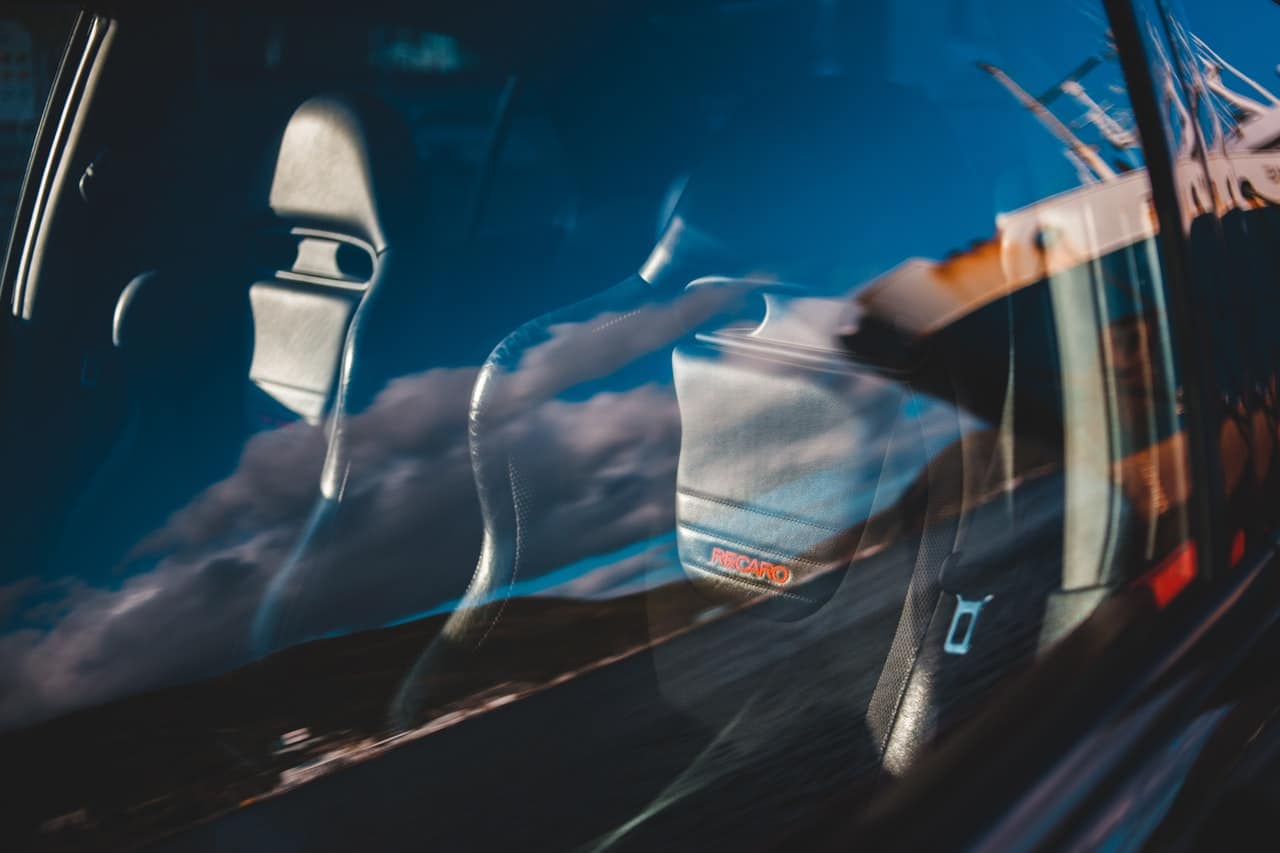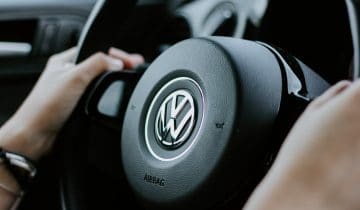Every car has a seat belt, and both drivers and passengers are oriented on the importance of seat belt safety.
In life or death situations, wearing a seat belt may mean your survival. Parts of the responsibilities of a good driver are learning how to drive safely and knowing about seat belt safety repairs and maintenance.
The Importance of Seat Belt Safety to You as a Driver
It has been proven time and time again how much seat belts have saved lives. There were studies conducted back in the 1970s to prove their effectiveness in ensuring the safety of drivers of motor vehicles. The seat belt was invented earlier than the first motor vehicle.
Aside from keeping you in place, it also protects you from ejection. In a car crash, the force of the impact can eject you through the front glass of your car. Wearing a seat belt can save you from injuries worse than simply a bruised chest. The reason for seat belt regulation laws is for your safety as well as those you share the road with.
Your car insurance also reviews the violations and tickets you’ve received in the past year. It would help your premium rates if you managed to keep your record clean. Aside from this, you are more likely to survive a car accident when you wear a seat belt.
Understanding How Seat Belts Work to Protect You
Throughout the years, seat belt technology has been constantly developed to improve the safety of drivers and passengers on the road. Aside from motor vehicles, seat belts are also used in planes and other vehicles, even some playground swings. Nowadays, every car comes with a seat belt as part of its safety equipment.
Seat belts make sure that you stay seated when you press on your car brakes a little too quickly. The way it is designed, with the webbing going across your chest and another part across your waist, is meant to distribute the force throughout your torso. The webbing is also made from polyester because of the high strength and tenacity of the material.
Upon impact, the car senses the sudden stop and triggers the locking mechanism of the seat belt. Both the retractor box and the buckle work together to protect you from the laws of physics that would usually eject you from the driver’s seat.
Performing a Seat Belt Maintenance Check Regularly
Over time, many of your possessions break down or show wear and tear, mainly if you use them regularly. When checking up on your car, you don’t just check the engine under the hood, but you’re your car’s safety equipment. It is good to perform seat belt safety repairs and maintenance checks to avoid equipment malfunction in an accident.
You can check if there is a need for seat belt safety repairs after accidents. There is a high chance that something may have broken. Clean out the buckle regularly. Dirt and crumbs can enter its nooks and cranny, so clean them regularly to avoid the tongue of the seat belt getting stuck. Make sure the webbing is clean.
Check for tears or ripping along its length and clean up any stains on it. Regularly check the bolts of the anchorage if any of it is loose. Also, check the locking mechanism of your seat belt. If you tug hard on your seat belt and it locks quickly and firmly, then it means that it is working.
In Conclusion
There is no compromise for your safety, especially on the road. It is not only yours and your car’s passengers you are responsible for but also those you share the road with.
If you’re looking for seat belt safety and airbag modules, consider Safety Restore. We offer post-accident restoration for seat belts and airbag modules with a warranty to guarantee your road safety. Call us today!

